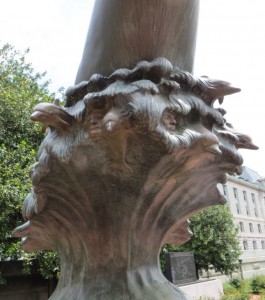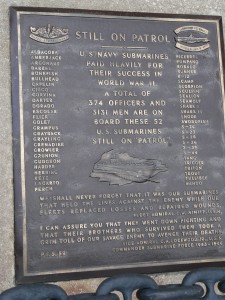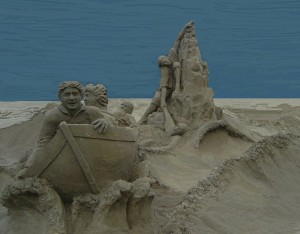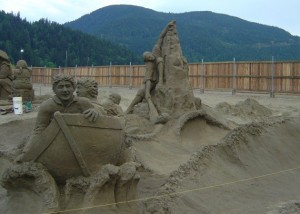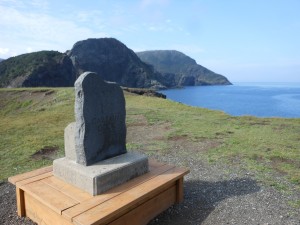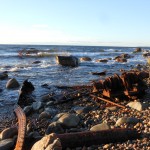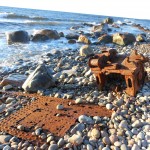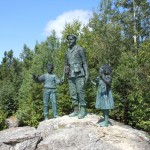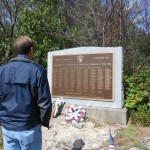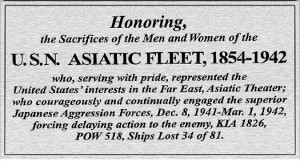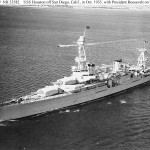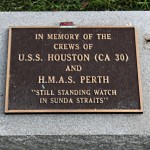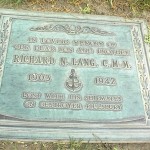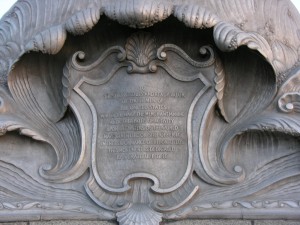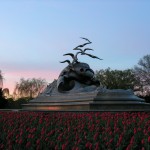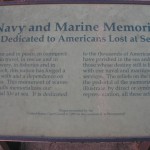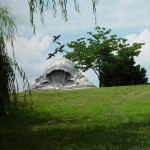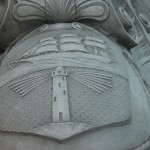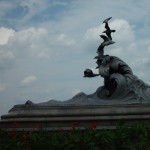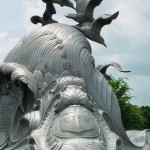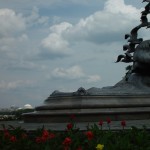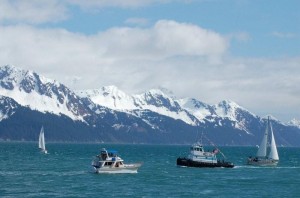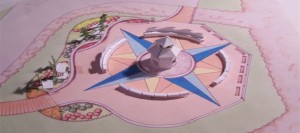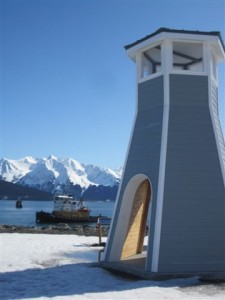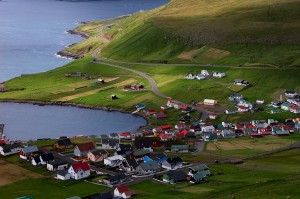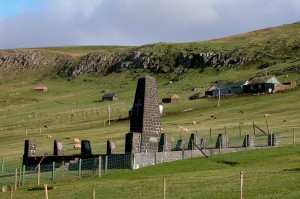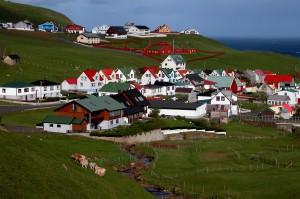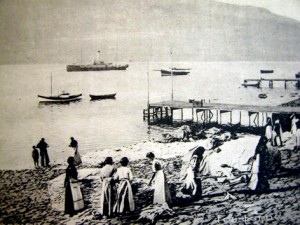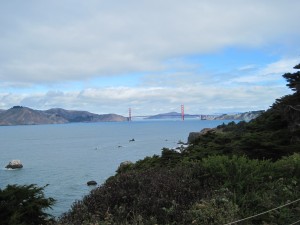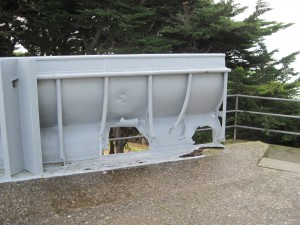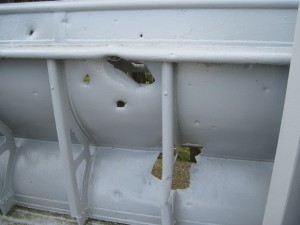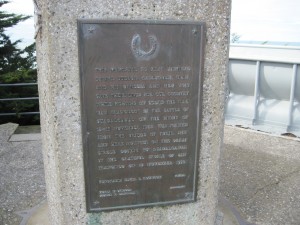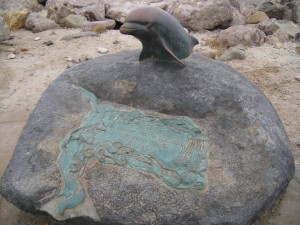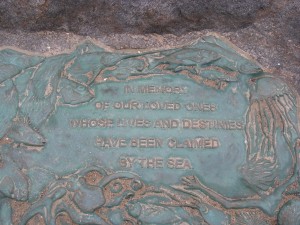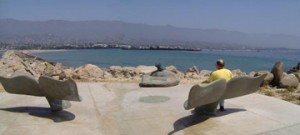 Todays post is inspired by one of my favorite songs, “Isaac Lewis”, by the brilliant singer/songwriter Tom Russell.
Todays post is inspired by one of my favorite songs, “Isaac Lewis”, by the brilliant singer/songwriter Tom Russell.
The Royal Charter was a steam clipper built and launched in 1855. Steam clippers were a new type of ship in the mid 1800s – iron hulls, with the lines and sails of a traditional wooden clipper, but also equipped with an auxiliary steam engine which could be used when suitable wind was not available. The Royal Charter was mainly used as a passenger ship between Liverpool and Australia, a trip she could make in under 60 days. She was capable of carrying 600 passengers, with a crew exceeding 100.
In October 1859, the Royal Charter was returning to Liverpool from Melbourne. Aboard were over 370 passengers and a crew of 112. Among the passengers were many gold miners, who were carrying large amounts of gold on their persons, as well as a large consignment of gold carried as cargo. On the night of October 26 the ship was caught in a storm later to be known as the “Royal Charter Gale”. Over 200 ships were lost to this storm. The Royal Charter attempted to anchor offshore of Porth Alerth to ride out the gale, but hurricane force winds caused the anchor chains to snap. Despite cutting the masts and use of the auxiliary engine, the ship was pushed into a sandbar near shore in the early morning hours. Several hours later the rising tide and gale force winds drove her on to the rocks at a point just north of Moelfre on the north coast of Angelsey. The Royal Charter was rapidly battered to pieces by the rocks. One crew member, Maltese born Guzi Ruggier also known as Joseph Rogers, was able to swim to shore with a line. 39 passengers and crew (all men) were able to be rescued. Over 450 others died, many lost at sea.
Monuments to the lives lost on the Royal Charter can be found on the cliffs above her final resting place and in a local cemetery, where the bodies that washed ashore over the next several weeks were buried. It is said that large quantities of gold were thrown up on the beach at Porth Alerth, with many local families becoming wealthy overnight as a result of the tragedy. Many pieces of wreckage of the ship can still be found at the base of the rocks at Moelfre, visible at low tide and to scuba divers.
Stories from shipwrecks often defy imagination. Perhaps few stories are as poignant as the story of Isaac Lewis. Lewis was a young man from northern Wales who sailed to Australia and back, only to die in the Royal Charter wreck. In the last moments of his life he was able to see his father on the headland, and legend says to shout “Oh father, I have come home to die”. Three days after the storm cleared the body of Isaac Lewis washed ashore in Wales, landing less than 100 yards from his father’s front door…
You can view Tom Russell performing his haunting tribute to Lewis by visiting the following link. After that I encourage you to explore more of the work of this truly gifted musician and poet.
http://www.youtube.com/watch?v=7ALfs81CFdE
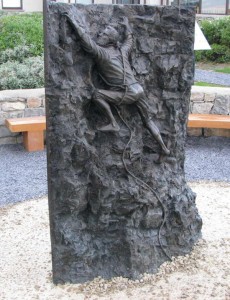
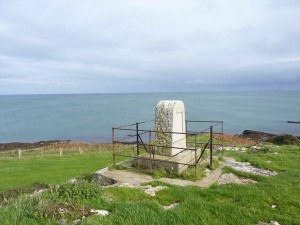

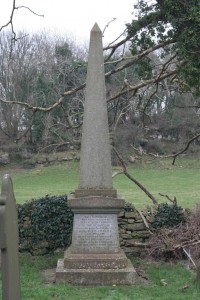
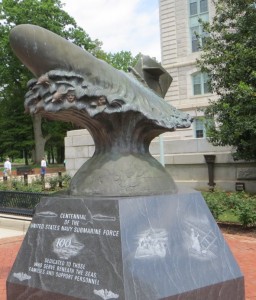 I saw this memorial to the U.S. Navy’s Submarine Service during a recent visit to the United States Naval Academy in Annapolis, Maryland. I was struck by the faces in the bow wave of the submarine – perhaps lost at sea sailors watching over living shipmates on active patrols around the world.
I saw this memorial to the U.S. Navy’s Submarine Service during a recent visit to the United States Naval Academy in Annapolis, Maryland. I was struck by the faces in the bow wave of the submarine – perhaps lost at sea sailors watching over living shipmates on active patrols around the world.